| marc7 travels |
|
“Viva Senor Santo Nino! Viva! Viva! Viva!” The streets of Iloilo burst into life as 9 tribes took the streets to the live beating of the drums, chants, colors, and dance to celebrate this year’s Dinagyang Festival. The street rhythm was intense, enough to make the audience sway to the festival beat. This was the 2nd day of the festivities. The day before had different delegations from nearby municipalities, cities, and provinces showcasing their own festivals. This was the beat that will make your heart skip to the beat. Day 1: Touchdown Iloilo My recent trip to Iloilo was not my first as I have been to the city and the nearby Guimaras two years ago. But the Dinagyang experience was going to be my first. In fact, it would be my first taste of a Visayan festival after the Philippine festival bug bit me about a year ago. The early morning PAL flight that I took was full and I guess it was an indication on the festivities is one that is highly anticipated by many. Arriving in Iloilo City a day before the celebration, I planned to check out the festival schedules and to check out the places that I was not able to visit from my previous trip. The whole city was abuzz with loud music blasting from almost every street corner of the city. Traffic was already re-routed as judging areas were already set-up for the weekend’s competition. One could really feel that the whole city was energized and ready for the festival. Miag-ao Church – A Second Look I would have to say that a visit in Iloilo should always include a visit to the beautiful Maig-ao Church. Although it was my second time to visit the sanctuary, I have more appreciation for the church now as I was able to spend more time admiring its beauty. The Sto. Tomas de Villanueva Parish Church, also known as the Miag-ao Fortress Church, is a UNESCO Heritage Site under the Baroque Churches of the Philippines. Completed in 1797, the church was not only a sanctuary for the faithful but its thick walls were also a sanctuary from invaders. It served as the town’s watchtower from Muslim raids. The church’s foundation is 6 meters deep and its walls are 1.5 meters thick, making it a strong fortress for refuge during these raids. The façade of the church is a unique mix of Spanish, Muslim, Chinese, and local cultural elements highlighted by St. Christopher carrying the child Jesus as he holds onto a coconut tree. The mix of egg, corals, limestone, and adobe used for its construction gives the church its unique color. Interestingly, the church also has a unique and uneven bell towers – one at four levels high and the other one at only three. The difference was due to the different priests who commissioned the work for each tower. I could sit down and just admire the intricate carvings on the façade of Miag-ao Church. It is definitely a cultural heritage that our nation needs to preserve and be proud of. Considering that the church was constructed through force labor makes it more valuable as it is a labor of love. For a guy like me who loves the bucolic atmosphere of the province and the rich history that go with it, sitting down on the grass and admiring the view of this beautiful and historical church is a luxury. It was as if time stood still for me. I also had the luxury of time to enjoy the interiors of the church. The church looked massive inside with its arches and high ceiling. The stained glass windows had an artsy feel as it complemented the “historic” feel of the church. The gold-plated retablo is the main highlight of the church. The two-tiered retablo have the crucified Jesus Christ as its centrepiece and flanking it are the images of St. Joseph and St. Thomas de Villanova. Miag-ao Church gave me an impression of a refuge, not only because of its aesthetics, but the serene and solemn atmosphere of the church is enough to give peace of mind to a tired soul. Oton – What I Missed Out Previously? It was the pressure of time that I failed to check out the municipality of Oton during my first visit in Iloilo. I was trying to cover as much tourist spot as I can on my last day with the thought that I had an afternoon flight back to Manila. I guess I was not fairly impressed with Oton back then that I opted to skip it. Well, Oton just proved that I should have had made a stop on my last visit. Oton has its own history to share and was once the capital city of the province. Its place in history pre-dates the Spanish occupation as it was the center for commerce and trade for local merchants and then later on by the Spaniards. The town was later destroyed by the Moros who were against the Spaniards. I enjoyed the leisure walk that I did while in Oton. It had a feel of a typical provincial town where the locals spend their afternoons by the plaza. I was impressed by the sprawling town center complete with basketball courts and a leisure park with its murals that touch on local history. We cannot discount that Oton played a major role in Iloilo’s history as shown in the historical marker installed on the façade of the municipal hall and it was great to see that the locals are made to realize their rich history through their surroundings. A few meters away from the municipal hall is the Oton Church, standing majestically with its blue hues. The current church was built after a strong earthquake in 1948 damaged the Old Oton Church. The Old Oton Church was once the biggest church in the region and its shape can be compared to that of a Greek cross. However, it was severely damaged by the quake that it had to be demolished, leaving only a part of the exterior wall, now part of the grotto, as a reminder of the grand church. The interior of the current church is best described as simple. A crucifix is the highlight the pulpit amidst the predominantly blue shade of the church. The high ceiling of the church give it an impression of a wide open space. One thing that really stood out for me was the stained glass windows that adorned the church. It was beautiful to see the artwork as the light came through the windows. The natural light coming through complemented the interiors of the church giving it that wide space feel inside the church. Oton was a typical town plaza encounter for me. It was laid back and I really enjoyed the moments of discovery as you stroll around the municipal hall, plaza, and the church. It was a welcome “break” from my usual chaotic days in the city. Of Heritage and Faith in Molo Molo was on my list for this Iloilo trip as my previous visit was done in rush and the town plaza was also undergoing improvements at that time hence I was not able to really appreciate the place fully. I wanted to re-discover Molo. My re-discovery visit turned out to be another exciting discovery as soon as I stepped out onto the street of Molo. I was welcomed by the sight of a grand mansion, one that I missed out from the previous visit. I am such an old soul and heritage sites are enough to get me REALLY excited. I was right at the gate of the Yusay-Consing Mansion in the heart of Molo. The house was originally owned by Dona Petra Lacson - Yusay, the family who owns almost all of Molo District. It was built in the 1920s and its ownership was later on transferred to Timoteo Consing, Sr. The house was later left neglected and in disarray and it was through the efforts of SM Land, Inc. that the heritage house sparked renewed interest from the public. Now, the mansion stands beautiful and grand in the bustling district. Its grounds have security, well-maintained, and free of litters. SM’s plan, to which others may doubt, is outlined on a huge billboard announcing their efforts to preserve and re-use the mansion. The plan is to re-use the mansion into a museum and a cultural retail establishment. Just right across the Yusay-Consing Mansion, are the Molo Town Square and the Molo Church. The Molo Town Square is an open public park with manicured lawns and park benches and was just recently given a facelift. The main attraction of the park is a cabana that features Greek gods. The park is often referred to as the “Athens of the Philippines”. Towering the skyline of Molo is the majestic Church of St. Anne, or more commonly referred to as Molo Church. Its beauty was not missed out by Dr. Jose Rizal when he visited Iloilo during his return to Manila from his exile. The church was built in 1831 and is known to be a feminist church because of the 16 images of female saints that adorn its pillars. The fusion of Gothic and Romanesque architecture is a beautiful sight. The spires of the church reach out to the sky making it a dominant feature of the district’s skyline. It is a massive and sturdy structure, giving it an impression of being cold and strong if viewed from the outside. The interiors have a predominantly gothic design. The altar complements the exterior design of the church. The retablo is designed with spires with St. Anne as its central figure. Day 2: Kasadyahan Festival and a La Paz Coffee Experience The city was already up and about when I stepped out of my hotel. Loud music was already blasting from all corners of the city. People were already heading up to the five designated judging stations strategically lined up along the major thoroughfares of Iloilo. This was my first taste of a Visayan Festival and today was going to be a taste of not just one but a number of festivals being held in the nearby cities and provinces of Iloilo – the best festivals in Iloilo City! Celebrated every 4th Saturday of January, the Kasadyahan Festival is a celebration of culture and customs of the different participating towns and cities. It aims to strengthen the integration of Iloilo and in the preservation of traditions that has been passed on from generations. It promises to be a myriad of music and colourful performances promoting local cultures and festivals. This year’s festival had 10 competing delegates from areas in Western Visayas, including contingents from San Carlos City and Bacolod City. I stationed myself at the third judging station along Delgado Street. As this was my first time to join the Dinagyang festivities, I was not aware that tickets were needed to be able to get into the judges’ viewing station. There are 5 judging stations around the city and the contingents perform at every station. I opted to watch from the sidelines as the ticket prices from the hawkers were a bit pricey and did not really offer a good view of the performance area. As I walked along the streets, I chanced upon the delegation from San Carlos City featuring the Pintados Festival. I enjoyed the myriad of colors of their costumes that I had to stop to take pictures of the performers as they were waiting for their turn to perform. The participants are more than happy to pose for that festive portrait shot. Unlike other festivals, the contingents are more likely to walk to the next performance station rather than dance along the streets. The festival performances were a lively mix of music and movement. The drumbeats were infectious enough to get the viewers to sway with the beat. The presentations have flawless transitions and were a visual delight behind every turn of the backdrop. Miag-ao’s Salakayan Festival and Bacolod’s Masskara Festival were my personal favorites from this year’s contingents. I especially enjoyed the presentation of the contingents from Bacolod that I am considering checking out the Masskara Festival soon. Walking along the street of Iloilo after the morning’s festivities was like walking along a huge party venue. The streets are filled with people with that big smile on their faces. Locals selling various kinds of souvenirs from shirts to miniature Dinagyang headdress are peppered in almost all corners of the street. Loud music was blasting from both every establishment. Food stalls were set up on a portion of Delgado Street where people can have a grand time food tripping in Iloilo. It was a huge city party and it was just the first day. After a quick lunch, I decided to head up to Iloilo’s downtown to search for Calle Real, the city’s heritage area. The experience was like walking into a sea of people. I tried to find my way by asking around but I ended up lost in the city. In the midst of the festivities and confusion, I saw myself on a street with old structures. I enjoyed the stroll until I ended up in Iloilo’s Public Market that was when I figured that I was lost. Instinct told me to follow where the sound of drumbeats and I ended up in the Freedom Grandstand where sponsors were having a float parade as part of the celebration. With a botched attempt to find Calle Real, I decided to proceed to the nearby La Paz Market to have a taste of its famed coffee. Madge Café is a neat and cozy coffee shop tucked inside the market. What makes the café popular is its coffee, matched with pandesyosa. It prides itself of brewing its coffee giving it that slight chocolate taste. I enjoyed the coffee as it tasted very close to dark chocolate, a personal favourite. The relaxed atmosphere of Madge Café was a relief from the chaos happening outside. A definite must-try when you are in Iloilo. I ended my day by taking a stroll towards the Provincial Capitol where a cultural exhibit was being held. I chanced upon the beauty of the afternoon sun along the Iloilo River as I crossed the Forbes Bridge, one of the many bridges that traverse the river. The Forbes Bridge was built in 1910, the oldest bridge along the stretch. The Provincial Capitol was also bustling with activities with food booths along its grounds. I checked out the exhibit happening that showcased Philippine costumes from the different festivals around the country. Stand out costumes were that of Bacolod’s Masskara Festival and San Carlos’ Pintados because of its elaborate designs and colors. It was already dark when I stepped out of the building and the whole city was still partying like crazy and I could still hear the drumbeats from the ongoing street parade. Day 3: D Day and Street Dancing at Calle Real Celebrated every 4th Sunday of January, Dinagyang is a celebration in honor of the Santo Nino and a celebration of the arrival of Malay settlers to the islands of Panay. The festival is the pioneer of the carousel performances where contingents simultaneously perform in different judging areas. These judging areas are stationed in key areas of the city. There are no words to describe the energy of the city as it primes itself for the grand celebration. If Kasadyahan Festival had contingents from different towns and cities in Panay, Dinagyang will feature Ati tribes coming from the city. This year’s competition featured 9 tribes competing for the much-coveted prize. As the Ati tribes prepared for their performances, I had the chance to interact with the performers and have pictures taken with them. I was amazed at the colorful costumes and the grand backdrops that they prepared. Little did I know that this was just a tip of the iceberg of what was to unfold when the festivities commenced. The drum beats signalled the start of the performances. It filled the air that one could not help but nod your head with the tempo and probably a little hip sway to go with it. The “tribes” started to share their stories through their movements. Their smiles reach out to every one watching. You cannot help but be engrossed with their performances. Their superb and flawless productions give justice to their months of rehearsals. It was just amazing how these students are able to put up an elaborate presentation that made sure that it will be worth the while for those who were watching. This was probably the liveliest festival that I have seen and witnessed so far. My personal favourite, Tribu Panayanon, brought home the top awards for this year’s competition. After all the revelry of seeing all competing tribes, I decided to once again stroll around downtown Iloilo in search for Calle Real. I have already done my research so I had a better idea where I was headed. So I went head to head with the swarm of people and I eventually found myself at Calle Real – Iloilo City’s heritage and cultural district where Commonwealth-era buildings were preserved and is now a tourist attraction. Calle Real, Iznart, Aldeguer, and Guanco are part of the declared heritage site and are commonly referred to as Downtown Iloilo. It was difficult to appreciate the heritage site as the thoroughfare that goes through it is part of the Dinagyang route. Apart from the throngs of visitors and tourists, its skyline was also peppered with flaglets of sponsors for the festival obscuring the view of the street and the heritage buildings. I was happy though that I caught a glimpse of these old structures that have withstood time and have been a mute witness to Iloilo’s history. Luck was definitely on my side on that day as I stumbled upon Instagram friends who were also in the city to witness the grand Dinagyang celebration. We bumped into each other as we were all taking snapshots of Tribu Obrero's streetdancing along JM Basa. It was amazing to see the energy and enthusiasm of the dancers despite of having performed 5 times in different judging areas and having to walk the stretch from one area to another. The performers gamely posed with us and for our cameras. And as the beating of the drums started, they went on to entertain spectators with a high level of intensity. As I was heading back to my hotel to grab my stuff as I had to catch a late afternoon flight to Manila, I had the chance to meet some of the performers along the streets. I took the opportunity to have my pictures taken with them as a souvenir shot. I had to have one for my blog. I enjoyed my Dinagyang experience. The celebration gave me the impression that the Visayan Festivals are livelier and more upbeat compared to the other festivals that I have seen and witnessed. The colors are a lot livelier, the music are more hip swaying, and the performances was just plain awesome. Dinagyang is definitely one for my books and I am excited to see what next year’s festival would bring to the table.
“Viva Senor Santo Nino! Viva! Viva! Viva!”
0 Comments
Leave a Reply. |
Marc del Rosario
I believe in education, entrepreneurship, and caring for the environment. Archives
June 2024
|
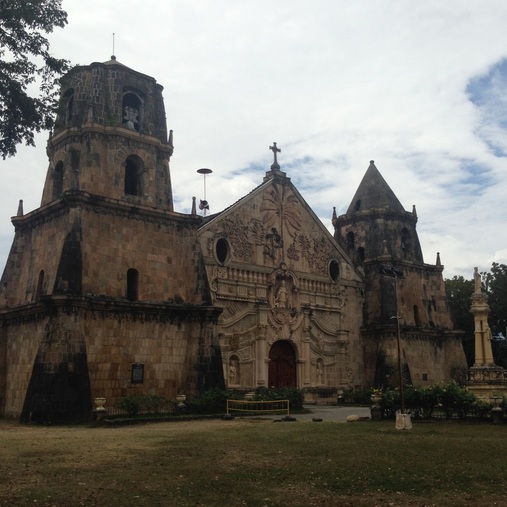
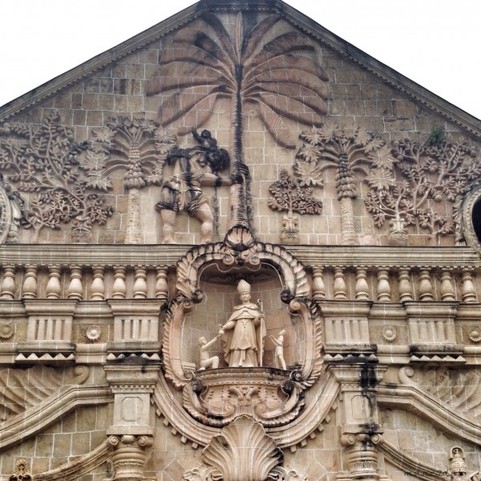
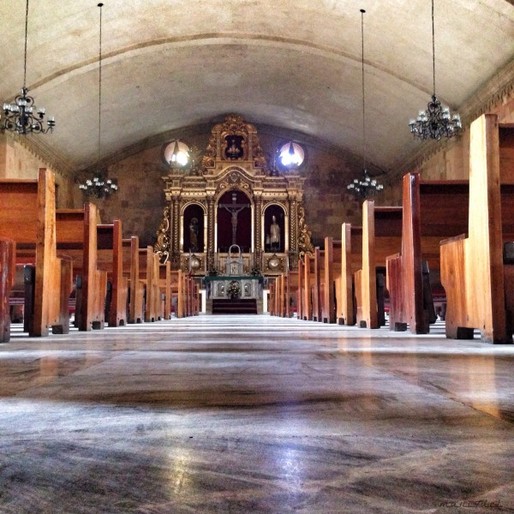
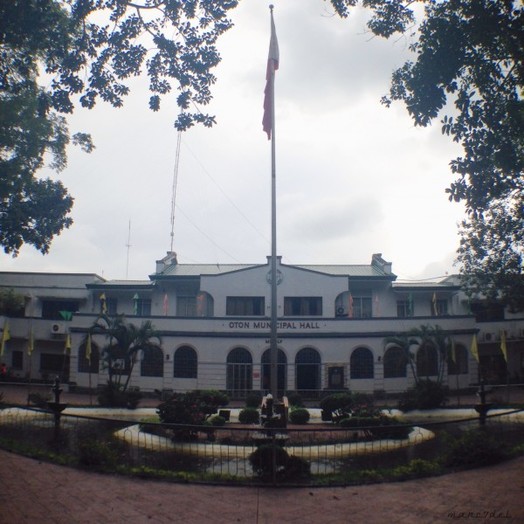
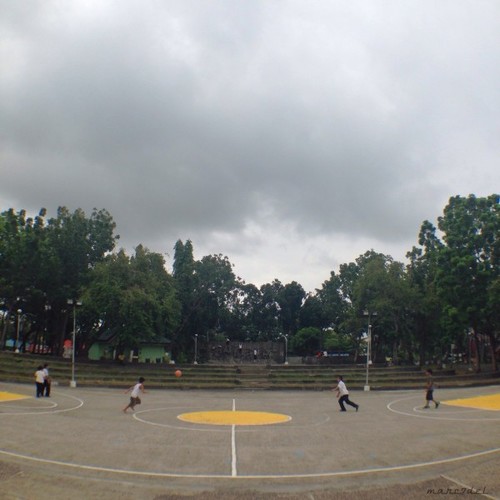
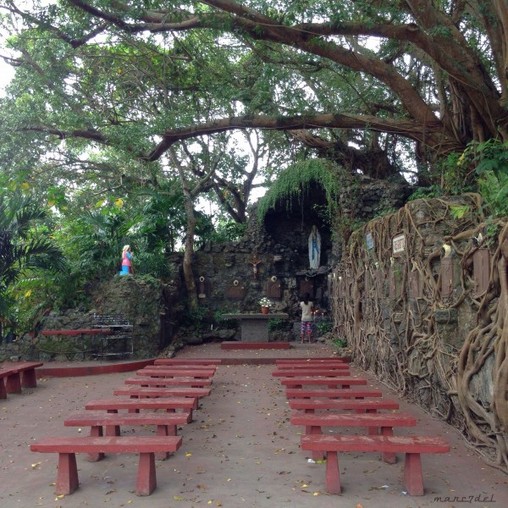
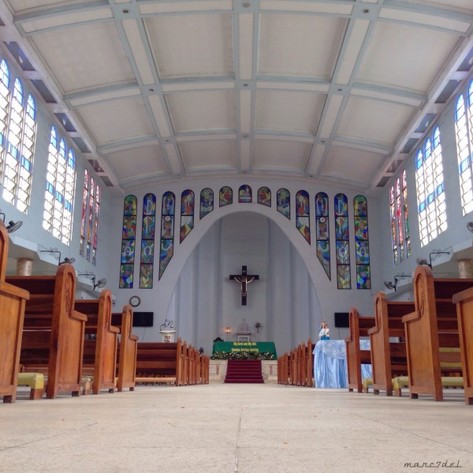
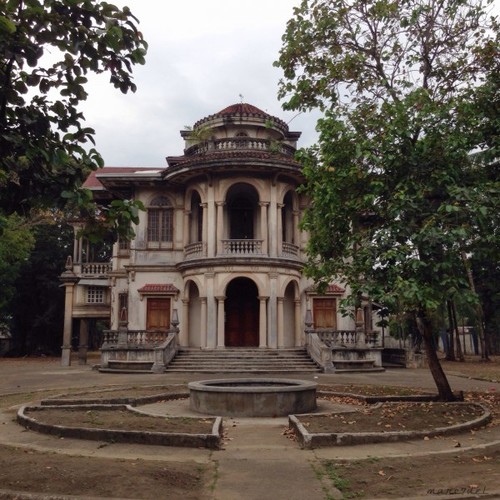
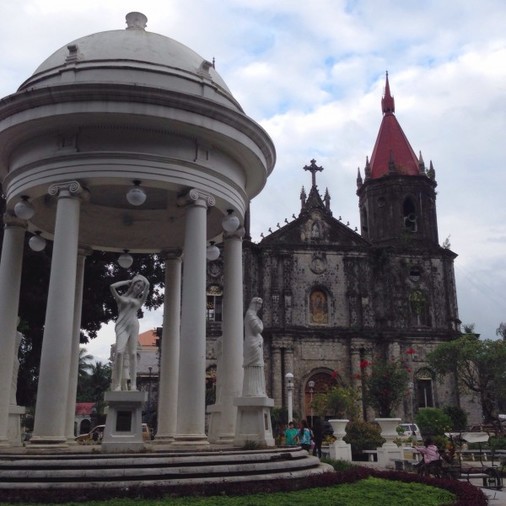
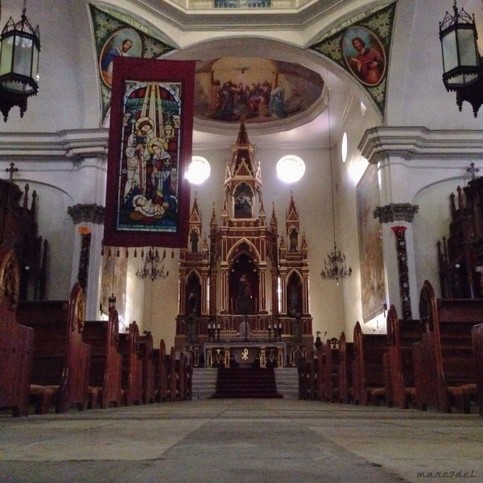
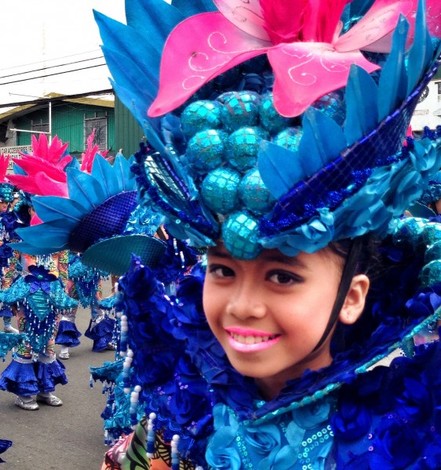
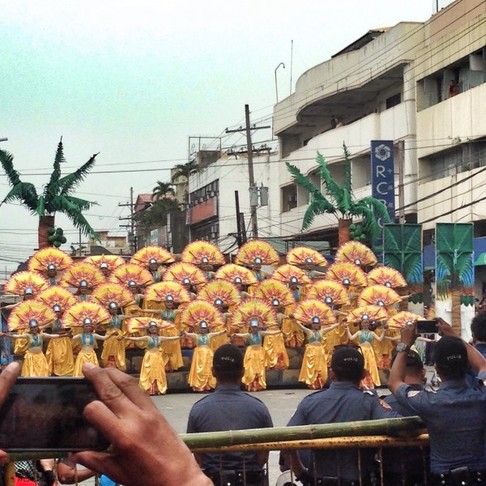
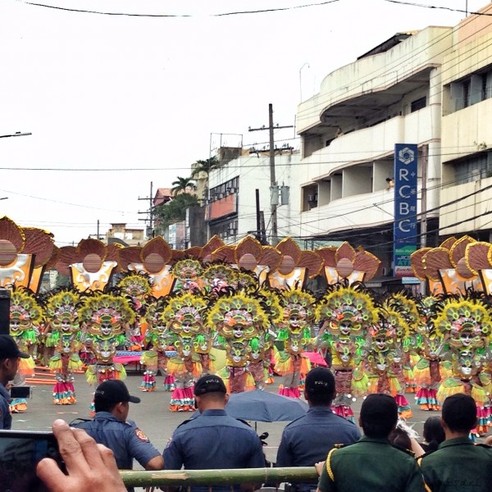
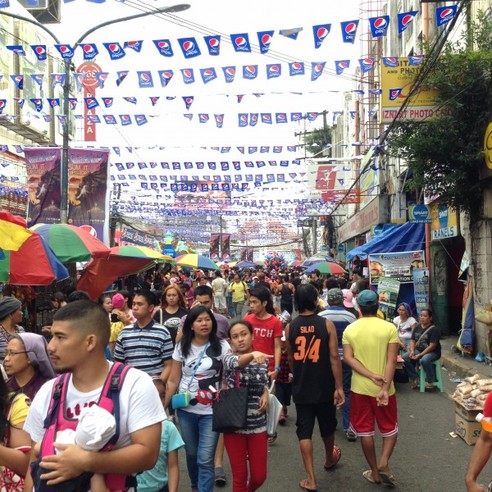
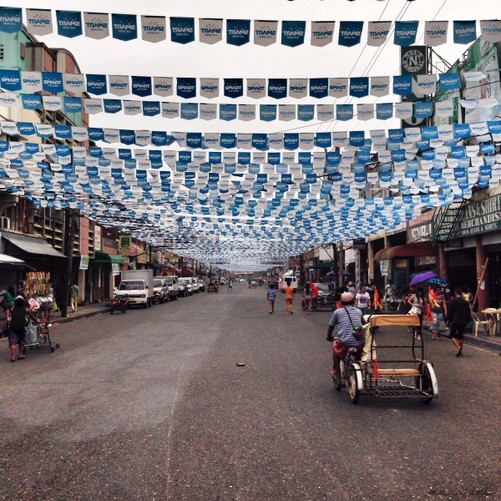
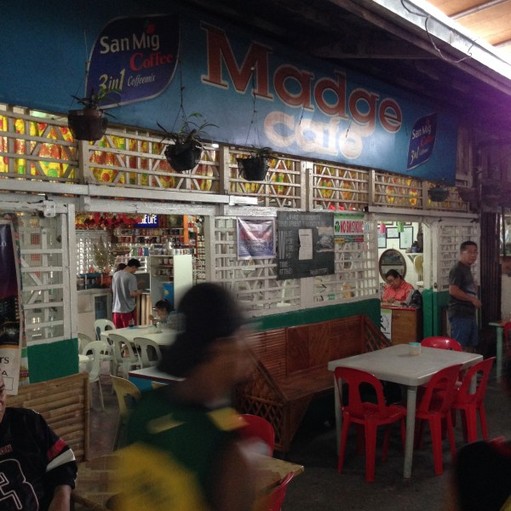
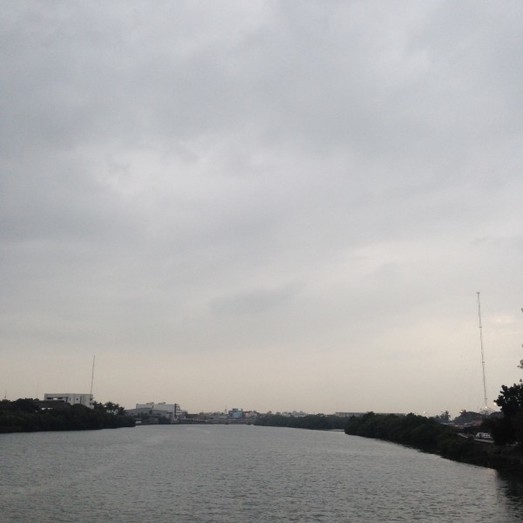
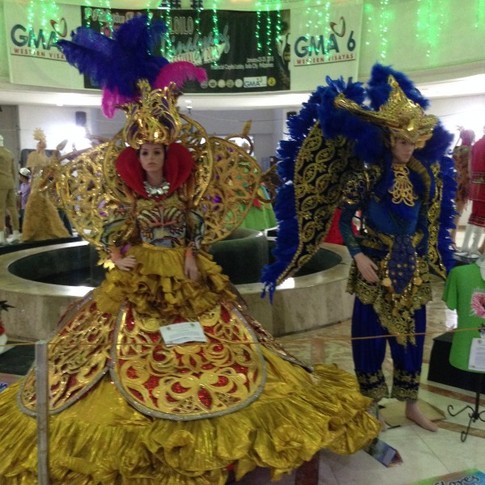
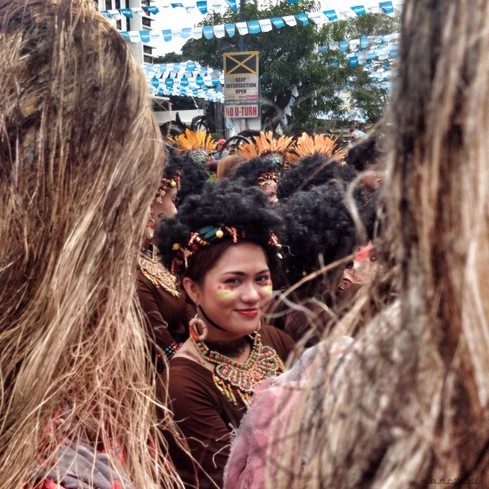
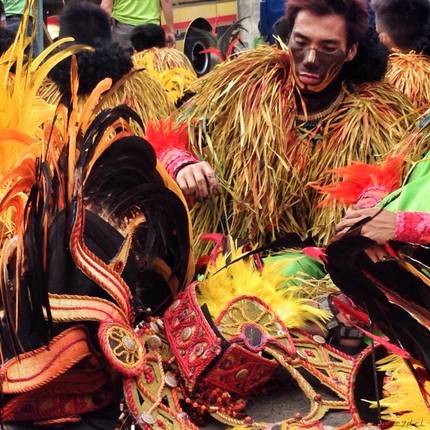
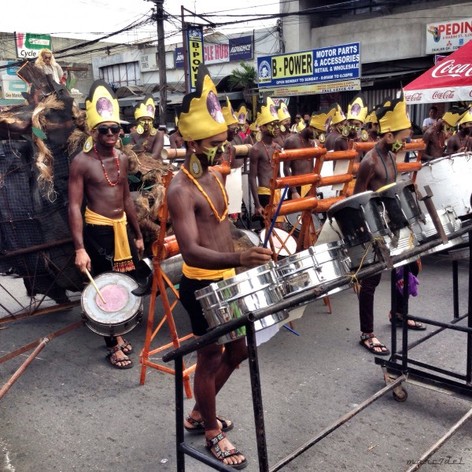
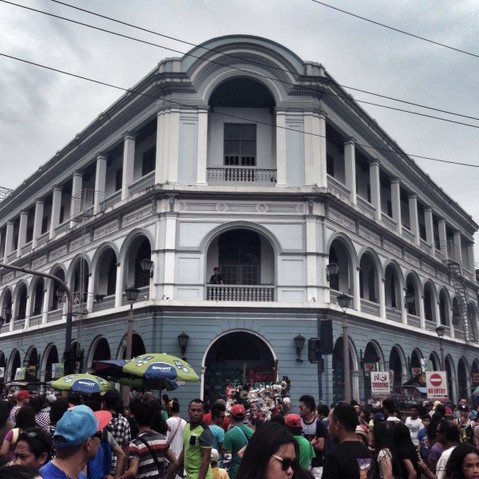
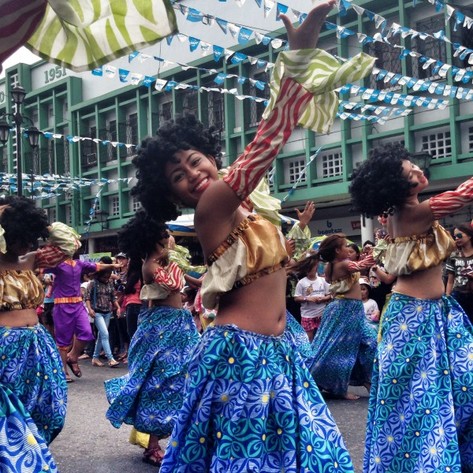
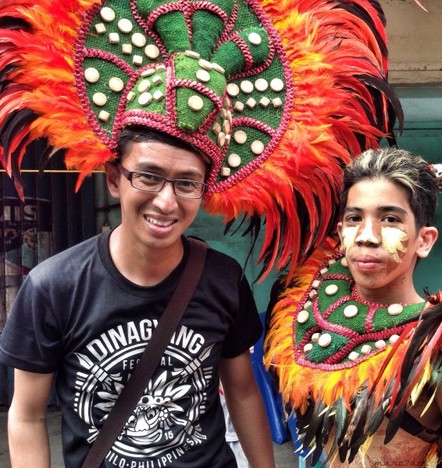

 RSS Feed
RSS Feed